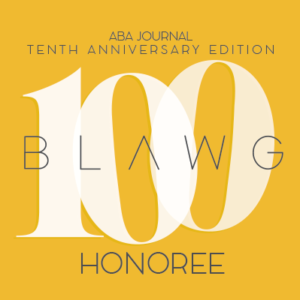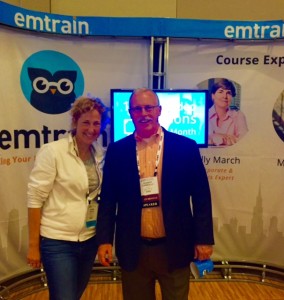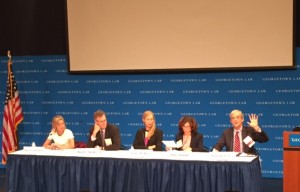Below is a guest post from economist Ai Deng, Phd. of Bates White Economic Consulting:
***************************************************************
Hope everyone had a wonderful Thanksgiving holiday.
I thought the readers may be interested in knowing about the recent Global Forum on Competition hosted by OECD.
The event, taking place just a month ago, had a session on cartels titled “Serial offenders: Why do some industries seem prone to endemic collusion?” The panelists included Professor Joseph Harrington (The Wharton School, University of Pennsylvania), Professor Robert Marshall (Department of Economics, Penn State University and Bates White), Professor Valerie Suslow (Carey Business School, Johns Hopkins University), and Mr. Robert Wilson (Webber Wentzel). I did not attend the program in person, but the program materials including the panelists’ presentations are available for download here.
The panelists Professors Harrington, Marshall, and Suslow have all done influential academic research on cartel-related topics. Their work was cited in my own recent research on cartel detection and monitoring. Mr. Wilson, a partner in the Competition Practice at Webber Wentzel, specializes in competition law and international trade.
To give the readers a quick, high level overview,
Professor Harrington’s presentation provides his thoughts on when firms collude. He then describes a 3-step inductive approach to cartel screening and uses the cement market as an example to demonstrate how to apply such an approach in practice.
Using a dataset of cartel participants based on the European Commission (EC) decisions in cartel cases, Professor Marshall specifically notes the role of association management companies (AMC) in cartels. He argues that “it would be valuable to understand the role of AMCs…” and if AMCs compete “with one another to provide this [cartel] services to firms in a product/industry/market, then antitrust policy should be directed toward deterring the role of AMCs with regard to such anticompetitive activities.”
Mr. Wilson’s presentation overviews South Africa’s Competition Act and then specifically focuses on South African construction industry. He identifies possible reasons for the extensive collusion in that industry and makes policy recommendations.
Professor Suslow’s presentation is titled “Serial Collusion in Context: Repeated offenses by firm or by industry?” In addition to address the question raised in the title, she also discusses seven policy tools and emphasized the importance of understanding what leads to collusion in the first place to select appropriate policy tool.
There is a wealth of information in their presentations and supplemental materials. In addition to the panelists’ presentations, also available for download are a “background note by secretariat” and contributions from a number of jurisdictions.
Principal
direct: 2022161802 | fax: 2024087838
1300 Eye Street NW, Suite 600, Washington, DC 20005
ai.deng@bateswhite.com


